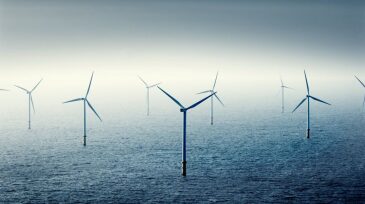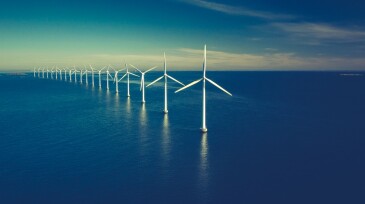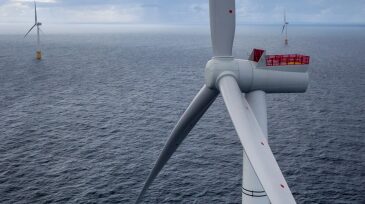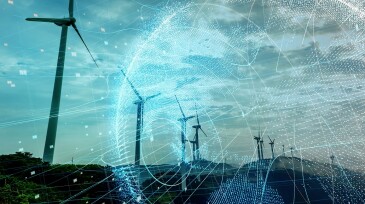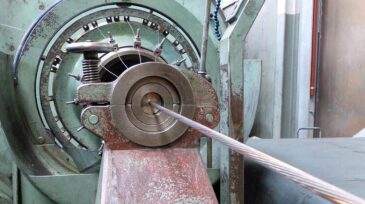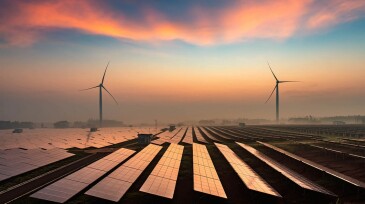wind power
-
High energy prices and a greater focus on energy security will not slow the world’s long-term ambition for a low‑carbon future. However, annual analysis by DNV believes unprecedented pressure is reinforcing a two‑speed energy transition.
-
The gathering’s goal is to install 120 GW of wind power in the North Sea by 2030.
-
Also: A report says Bitcoin mining could ease emissions. Haliburton is accelerating its clean-energy efforts, while insurer Chubb cracks down on methane. ExxonMobil and Linde team up in Texas. Shell plans to limit CO2 emissions in Dutch plants, and Drax presses pause on bioenergy in the UK.
-
Wind projects sweep across the globe; offshore wind and green hydrogen dive into the North Sea; and the Sunshine State gets a bit brighter.
-
The proposed sale notice consists of more than 300,000 acres in three designated areas offshore Louisiana and Texas.
-
Wind projects take center stage around the world, while Canada finalizes a geothermal energy project. In Finland, construction begins on the country’s first industrial-scale green hydrogen facility.
-
BP’s deal with Norway-based Deep Wind Offshore aims to generate nearly half of the 13 GW of electricity Korea plans to produce from offshore wind by 2030.
-
The use of artificial intelligence in the clean energy sector increases the availability and accessibility of clean energy, making it a more viable and cost-effective alternative to traditional energy sources.
-
An EU project is bringing together 15 partners from seven countries to work on designing and manufacturing superconducting cables to enable more efficient and less costly power transmission from renewable electricity generation sites.
-
Spending on low-carbon projects will increase by $60 billion this year, 10% higher than 2022, led by wind developments but helped by a significant rise in funding for hydrogen and carbon capture, utilization and storage infrastructure, Rystad Energy research shows.


